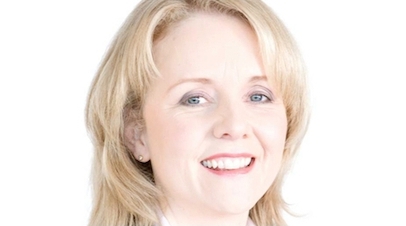
Executive NZ Food & Grocery Council
Food companies are continuing to make big strides in the reformulation of popular foods to make them healthier in line with consumer demand, says Katherine Rich, Chief Executive of the New Zealand Food & Grocery Council. “Innovations in food technology are enabling companies to offer more and healthier choices, and means products get better ratings from the Government-backed Health Star Rating scheme.
“The recent launch of Wattie’s Tomato Sauce with 50% less sugar, but with the same taste that New Zealanders expect, was a big breakthrough following major product research. The new product also contains 35% less salt, which is also a plus.
“This followed Sanitarium’s launch of a reduced-sugar option UP&GO breakfast drink with 30% less sugar to achieve a five-star Health Star rating, joining Weet-Bix in attaining the maximum number of stars in the new food rating scheme.
“Fellow breakfast cereal manufacturer Kellogg have announced major changes to iconic brands such as Nutri-Grain, which now has less sugar and salt and more fibre, and an overall rating of four stars.
“Innovations over the past five years have also brought dramatic change to the beverage sector, so there are now more lower-sugar or zero-sugar options in all categories. One example is Frucor’s recent launch of its Sparkling Oh! range, offering an alternative to soft drinks and an addition to its extensive range of lower-sugar and zero-sugar beverages that have been well-received by the public.
“Some of these products have been years in development.
“Anyone who makes food at home knows it’s never a case of whipping out one ingredient and automatically expecting the same outcome. It’s the same in commercial manufacturing. New products take many months of trialling different recipes and ingredients with consumers to make sure the improved product suits their tastes.
“These examples show that major progress is being made and the work continues right across the food industry.
“At last count there were more than 600 products with the Health Star Rating label on supermarket shelves, and this number is rising by the week,” says Rich.



